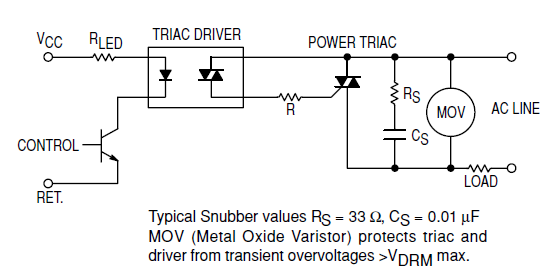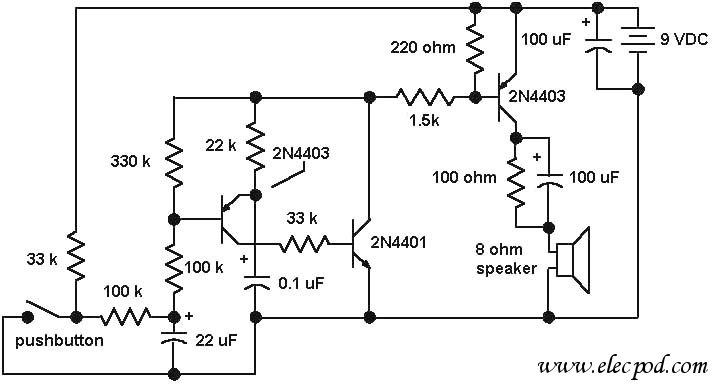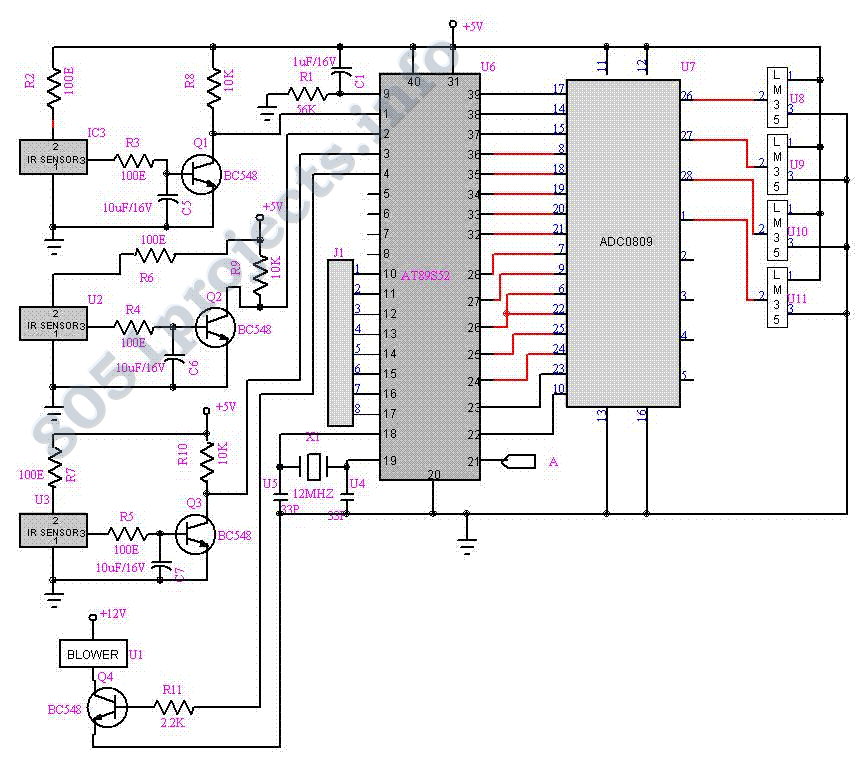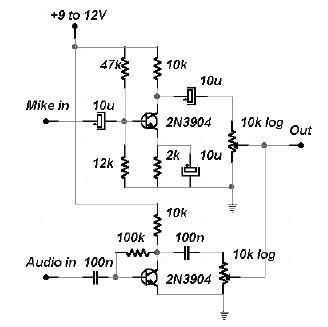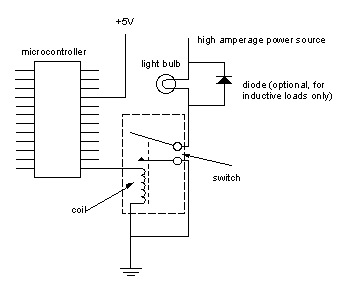
Components Voltage Tester Circuit
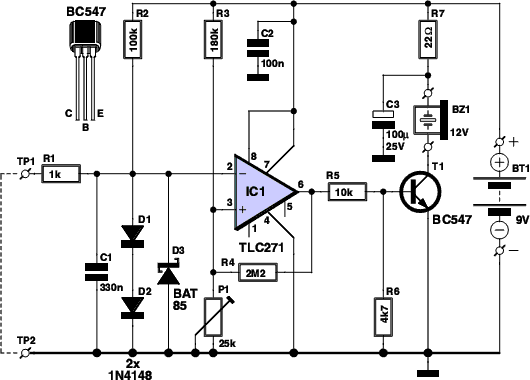
This simple circuit tests speakers, microphones, transformers, and voltage. It is essentially a very low-frequency oscillator that generates extremely short, distinctive pulses. The sound produced is easy to hear and allows for precise localization, making it ideal for checking phasing in multiple speaker installations. It is also highly useful for car stereo installations and public address systems, where it can directly drive numerous speakers on a 100V or 70V line system.
The circuit operates by utilizing a low-frequency oscillator (LFO) configured to generate short pulses at frequencies that are typically below the audible range, yet produce sound waves that can be easily detected. The oscillator can be built using a simple transistor-based design or an integrated circuit (IC) oscillator. The frequency can be adjusted to suit the application, allowing for flexibility in testing various audio equipment.
The output stage of the circuit is designed to interface with speakers or other audio devices. It includes a power amplifier capable of handling the higher voltage levels required for 100V or 70V line systems. This is particularly beneficial in large installations, such as public address systems, where long cable runs may introduce significant resistance. The circuit's ability to drive multiple speakers in parallel without significant loss of sound quality makes it an efficient choice for audio testing.
To enhance usability, the circuit may feature a simple user interface, such as a switch to toggle between different output frequencies or a volume control to adjust the amplitude of the generated pulses. Additionally, incorporating LED indicators can provide visual feedback on the circuit's operational status, such as power on/off and output signal presence.
In summary, this circuit serves as a versatile tool for audio professionals, enabling them to test and troubleshoot various audio components efficiently. Its design prioritizes ease of use, reliability, and adaptability across different audio applications.This simple circuit tests speakers, microphones, transformers and voltage. It`s basically a very low frequency oscillator that produces extremely short `fruity` pulses. The type of sound produced is very easy to hear and to determine the precise direction it is coming from, thus making it ideal for checking the phasing in multiple speaker installations. It is also very useful for car stereo installations as well as public address systems where it can drive dozens of speakers directly on a 100V or 70V line system..
🔗 External reference
The circuit operates by utilizing a low-frequency oscillator (LFO) configured to generate short pulses at frequencies that are typically below the audible range, yet produce sound waves that can be easily detected. The oscillator can be built using a simple transistor-based design or an integrated circuit (IC) oscillator. The frequency can be adjusted to suit the application, allowing for flexibility in testing various audio equipment.
The output stage of the circuit is designed to interface with speakers or other audio devices. It includes a power amplifier capable of handling the higher voltage levels required for 100V or 70V line systems. This is particularly beneficial in large installations, such as public address systems, where long cable runs may introduce significant resistance. The circuit's ability to drive multiple speakers in parallel without significant loss of sound quality makes it an efficient choice for audio testing.
To enhance usability, the circuit may feature a simple user interface, such as a switch to toggle between different output frequencies or a volume control to adjust the amplitude of the generated pulses. Additionally, incorporating LED indicators can provide visual feedback on the circuit's operational status, such as power on/off and output signal presence.
In summary, this circuit serves as a versatile tool for audio professionals, enabling them to test and troubleshoot various audio components efficiently. Its design prioritizes ease of use, reliability, and adaptability across different audio applications.This simple circuit tests speakers, microphones, transformers and voltage. It`s basically a very low frequency oscillator that produces extremely short `fruity` pulses. The type of sound produced is very easy to hear and to determine the precise direction it is coming from, thus making it ideal for checking the phasing in multiple speaker installations. It is also very useful for car stereo installations as well as public address systems where it can drive dozens of speakers directly on a 100V or 70V line system..
🔗 External reference
